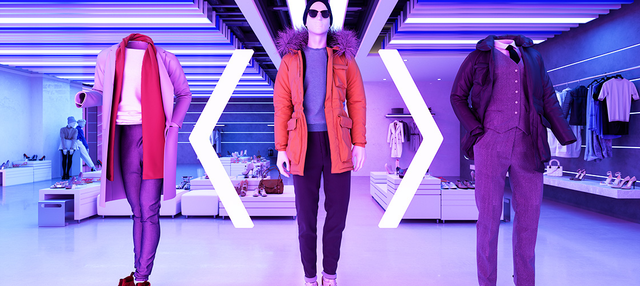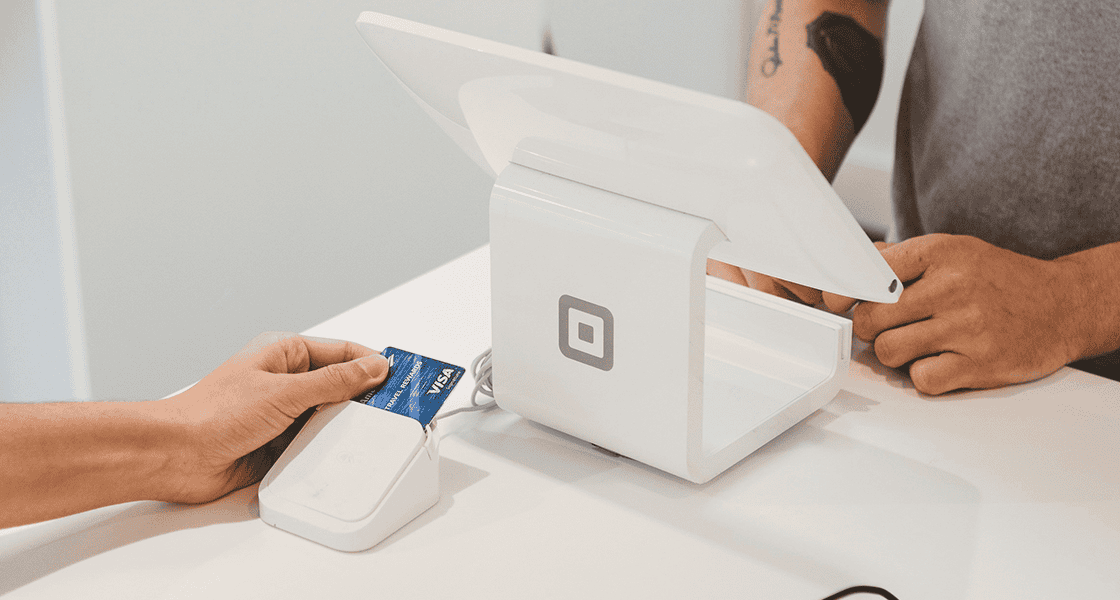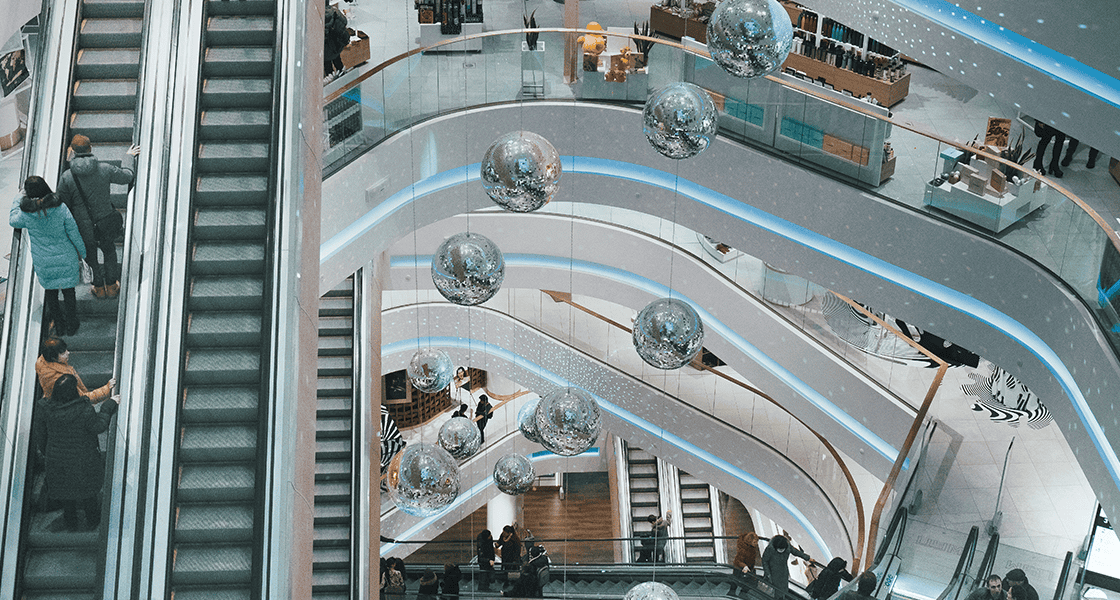Retail & Distribution
6 major retail trends made possible through technological innovation
31 May 2022

Trend 1: The metaverse: a playing field that needs preparation
Although interest in the metaverse has surged in recent months, it remains an experimental space and a concept that is still in its infancy. This new technology, whilst a long way from being fully developed, nonetheless represents a clear opportunity for brands: a new sales area or at least a new way of interacting with consumers. This immersive platform, which blurs even more the lines between on-line and off-line, allows retailers to meet more-difficult-to-reach customers by adopting their new modes of consumption.
However, this opportunity still remains a niche destination and requires careful preparation. Certain tools are already on the market for just that, offering undeniable added value both in terms of cost effectiveness and sales potential.
3D modelling is not only a second iteration of e-commerce; it offers greater agility whilst cutting the costs involved in content creation. By using virtual photography for their products, brands can adjust packshots in a few clicks without the hassle and cost of organising new photo shoots. 75% of the photos in the Ikea catalogue were taken using a realistic 3D modelling system.
Another advantage of virtual photography is that augmented reality becomes much more easily accessible for retailers, enabling them to create interactive experiences. This technology provides a better view of products and therefore a more immersive shopping experience.
Finally, we can’t talk about the metaverse without mentioning NFTs: cryptographic tokens representing a tangible or intangible product. They give access to information that guarantee the uniqueness or rarity of the product. Unique experiences and new customised services will be possible through the identification of each product.
76% of consumers say that their everyday life is directly linked to technology.
According to Wunderman Thompson Intelligence’s report “Into the metaverse”, 76% of consumers surveyed in the United States, the UK and China say that their life and their everyday activities depend on technology.
Trend 2: CSR commitment as a genuine performance driver
Brand CSR commitment is set to become more tangible due to the various national and international rules and regulations, but it is also being driven by high customer expectations in these areas: reduce carbon footprint, traceability, diversity, etc.
Whilst transformation has a duty to be good for the planet and society, it is nonetheless beneficial for brands. By taking a holistic approach to rethinking their business model and by multiplying purchasing or subscription options as part of a genuinely omnichannel approach, brands can identify new sales opportunities: item repair services like the one set up by Patagonia, second-hand sales such as The Kooples’ Second love platform, rental services already put in place by Picture or Decathlon, or even short-circuit production and delivery services.
This CSR approach is real driver of sales growth and branding among consumers.
Trend 3: Creating magical in-store experiences through effective technological innovation
Improving footfall in stores is a core issue facing retailers. Digitising the store can be a genuine response if it is managed properly and provides consumers with real added value.
Retailers have to rethink the way in which they interact with customers to reflect the sphere of social media and play a genuinely inspirational role: forget about customers, think community! By creating animations, running interactive workshops and staging the store to encourage visitors to create content on social media or even by creating interactive store displays, retailers can grab the attention of consumers a lot more effectively.
Technological innovation is not an end in itself; it is a means of meeting the store’s primary objective: encourage consumers to return to the store by offering real added value compared with on-line shopping.

Find out more about the community-based approach and in-store experience at Tape à l’oeil
TAO arms its sales advisors with mobile solutions for improved customer satisfaction.
READ THE CASE STUDYTrend 4: Data, the keystone of customization
In order to strengthen customer loyalty and confidence, customisation of the shopping journey is one of the most effective tools that retailers can use. In similar fashion to streaming platforms, where content is suggested to users according to their preferences, retailers must be able to offer the same kind of customisation. By using artificial intelligence, business know-how and an omnichannel strategy, brands can individualise shopping experiences. Preferred payment methods can be offered at the POS; customer measurements saved, and items instantly offered in the right size in the store and on-line, using a 3D viewer with the item of clothing and their body shape; or individualised product descriptions may even be provided. Retailers can thus create more interesting interactions in real time and in the future, maybe even be capable – through machine learning – of anticipating the consumer’s needs and desires.
Trend 5: A seismic shift in the supply chain
Following delivery issues and shortages experienced in the first few months of the pandemic, the retail sector managed to adapt by offering alternative delivery formats: Click & Collect has now established itself as a typical shopping journey and has been widely taken up by consumers. As omnichannel practices pick up speed, more solutions are possible, and these are durable (ship from store, endless aisle, etc.). Brands can therefore rethink their supply chain to make it more agile by placing the consumer and the constraints of sustainability at the heart of their strategy: automate warehouses, empower delivery systems and standardise inventory management. Technological innovations will enable the sector to improve its predictive capabilities and streamline processes throughout whilst increasing customer satisfaction.
Trend 6: A renewed approach to managing store associates
The role of in-store teams is also crucial in transforming the retail sector. Management must equally take a new approach to reinvigorate sales advisors. It’s time for an inspirational, yet reassuring management style. This involves putting in place innovative mobile POS tools, automating back office tasks and providing adequate training. Far from replacing the sales advisors, technological innovations makes them central to the customer relationship again as active experts in recreating the magic of the in-store shopping experience.


